Future Generali has picked up 23% surge in health insurance search: Ruchika Varma
Future Generali India Insurance Company Limited is a joint venture between Future Group – the game changers in Retail Trade in India, and Generali – a 189-year old global insurance group featuring among the world’s 60 largest companies. The COVID-19 pandemic has escalated the pre-existing mental health problem in the country. According to an estimate by the World Health Organisation (WHO), 5 years ago 7.5% of Indians suffered from mental health issues. Today, this number is 1 in every 5 Indians. However, discussing mental illness is still considered a taboo in the country.
As part of their marketing initiative the company decided to run a special campaign on addressing the mental health issues. With the #HealthInsideOut campaign, their aim was to get people to start taking their health more seriously and consciously just like their physical health.
Adgully spoke to Ruchika Varma, Chief Marketing Officer, Future Generali India Insurance Company Limited, who elaborated on their campaign strategy, how they have been spreading awareness about mental health and in the process also kept the brand in a prominent position in the consumer mindspace.
What prompted Future Generali India Insurance to launch this campaign in tough market conditions? What are you trying to communicate through the #HealthInsideOut digital campaign?
Tough market conditions are the very reason behind Future Generali’s decision to make mental health and wellness a key pivot in its brand story. The COVID-19 pandemic has escalated the pre-existing mental health problem in the country. According to an estimate by the World Health Organisation (WHO), 5 years ago 7.5% of Indians suffered from mental health issues. Today, this number is 1 in every 5 Indians. Our research showed that a whopping 88% of Indians were deeply worried about their physical or financial health in the current context.
And yet, discussing mental illness is considered taboo in the country. As a brand whose purpose is to be a lifetime partner for the customers and lead with empathy, human touch and innovation, we realised that there is an urgent need to propel a movement to get Indians to take their mental health seriously. With our #HealthInsideOut campaign, we aim to get people to start taking their mental health as consciously as they take their physical health.
What’s the objective of both the campaigns? How did your agency come out with this film idea and what was the thinking behind the campaign?
Our objective for launching this campaign is four-fold – de-stigmatise the issue of mental illness by showing that it’s a common problem; create the realisation that some of these seemingly common-place symptoms could be signs of mental illness, urge action to not ignore these underlying signs and educate people that help is available, whether it is medical or financial.
During our multiple conversations with mental health experts and affected parties, we found that the first manifestation of mental health issues is inflicted on inanimate objects. The excessive squeezing of a stress ball, constant biting of nails or a T-shirt, the chewing of the top of a pencil or a pen cap, the constant shifting of the pillow, the throwing of things in rage – these could all be early symptoms of underlying mental health issues such as stress, anxiety, insomnia or anger. Using this insight, we decided to deliver our message by humanising such objects and tell a compelling story from their perspective, urging the audience to seek timely help and realise the gravity of these issues.
The first campaign had used celebrities. Your current campaign uses an inanimate object as a metaphor to draw attention. How is this different from the new campaign and what was the response for the first campaign?
For the first campaign, we handpicked 25 influencers to promote the Total Health Score – a simple questionnaire & API based diagnostic tool to assess one’s physical and mental well-being. We got fitness influencers and celebrities like Shilpa Shetty. Sunil Chettri, Mandira Bedi and Yasmin Karachiwala to take the Total Health Score. They were shocked to find out that they did not score 100% despite being extremely physically fit, and helped spread the message that Total Health is both physical and mental through video content. We saw a huge amount of engagement on these videos and more than 3 lakh people came to our website to check out the Total Health Score.
In the second phase of our #HealthInsideOut campaign, we wanted to bring mental health discussions into the people’s living rooms. We did this through a multi-video campaign, which showcases a fed-up pillow, a half-torn stress ball, and a broken vase complaining about being at the receiving end of their owner’s wrath. These objects have been humaniaed in the videos using stop-motion animation and voiceovers that use humorous dialogues to complain about symptoms such as violent rage, mood swings, anger, stress anxiety, constant crying, etc.
Mental health is a tough topic to talk about and needed to be handled delicately. The only way to make the conversation mainstream was to be relatable, palatable and engaging rather than be patronising or serious. So, we chose a light, humorous narrative to hook the audience’s attention and then led them to a penny drop moment when the key message is delivered. Good storytelling is about inspiring, engaging and educating the audience – and with this campaign, we have endeavoured to establish all three without taking away from the significance of the message.
It is a straight denial by most when it comes to mental health issues. How is this campaign going to bring traction and who is your target audience to whom you are targeting this communication?
Yes, in the Indian context, mental health is a delicate topic and needs to be handled accordingly. That is why, even though it is a serious topic, it is often brushed under the carpet due to stigmatisation. We have made sure our messaging took a lighter approach that ensured that the audience felt comfortable and motivated to discuss the issue openly.
Mental health is a relevant issue for everyone; it affects the younger demographic as acutely as it affects the older generation. While the median age of an insurance customer is 35 years, and we ensure we are relevant to the core TG, we want to also drive awareness and consideration for protection products amongst a younger demographic, who are also equally vulnerable to mental health issues, to expand the market.
What are the markets you are looking at through this campaign and what’s going to be the media strategy and budget for this campaign?
Social media is now one of the primary mediums for any kind of interaction with the consumer. Visits to social media sites have increased by 19% over an already high base during last year. That is why we have focused on key mediums like Instagram, Facebook and YouTube. The #HealthInsideOut campaign is young, fresh and visual, and we believe it will especially appeal to the Instagram audience, consisting of millennials and Gen Z. Also central to our media planning are OTT platforms, news sites, and search—we have picked up a 23% surge in health insurance search and we want to be found when people are searching for this category.
Finally, how do you plan to evaluate the campaign? Any parameters worked out to measure the campaign? What kind of downloads have you achieved so far and is there any target that you are looking at?
Our first desired objective was to spark off a conversation around mental health issues, with Future Generali at the helm. The first phase of the #HealthInsideOut campaign, the Total Health Score, certainly did that – it reached more than 100 million Indians, increased traffic to our website by 210% and enabled 42K app downloads. More than 3 lakh users came to explore and take the score. We saw a whopping engagement of 18%+ on influencer videos, and we also received video views of over 12 million on Instagram. The influencer videos on Twitter garnered over 11k+ tweets and we were trending on Twitter a couple of days after the launch of the campaign. The campaign was supported by Facebook, Google and other platforms such as IPL. Our current campaign also has a distinct visual appeal, which we feel will do well on all digital platforms.










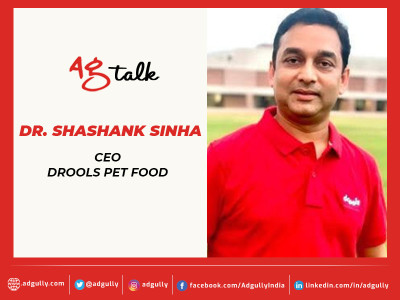


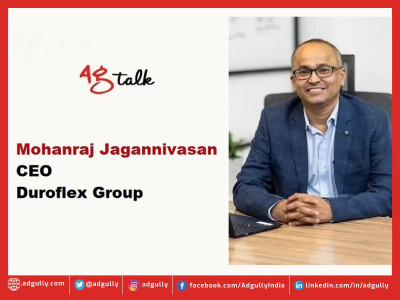
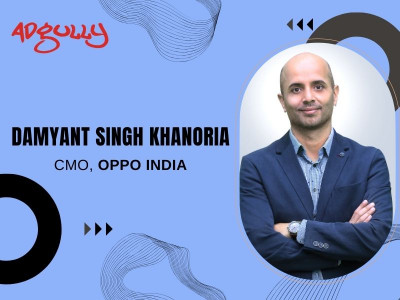
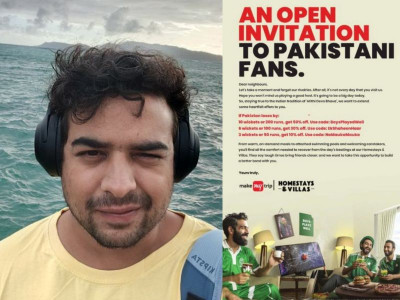


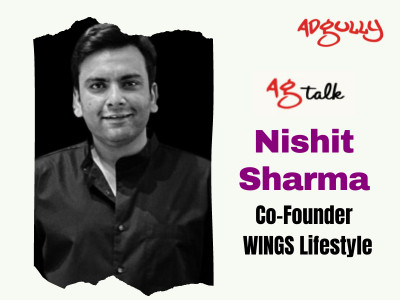
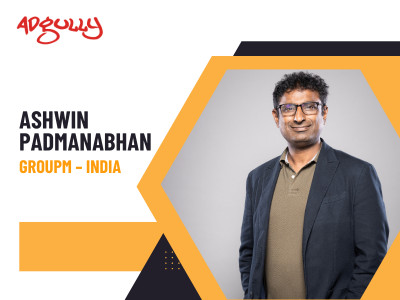
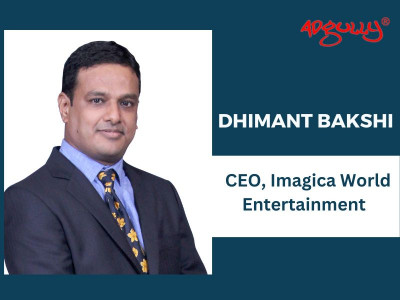
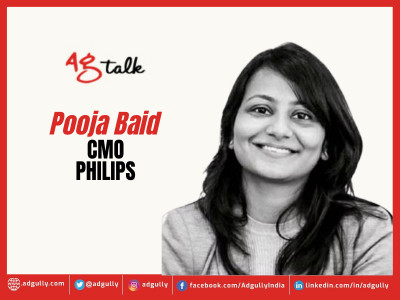


Share
Facebook
YouTube
Tweet
Twitter
LinkedIn